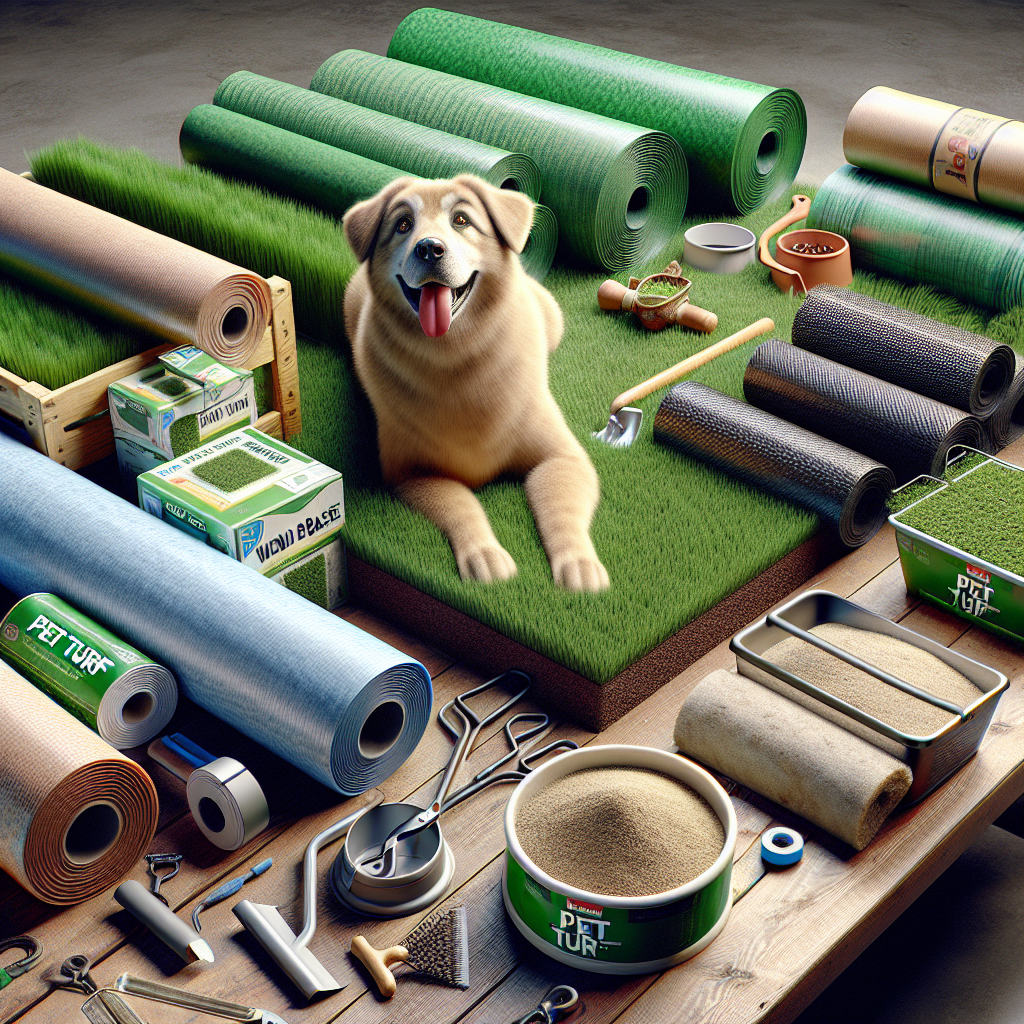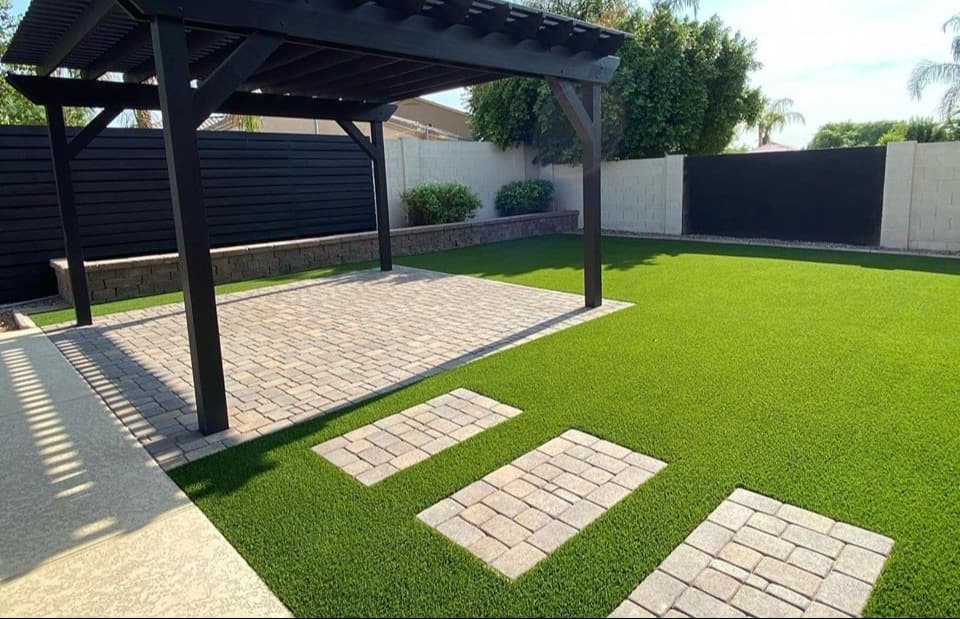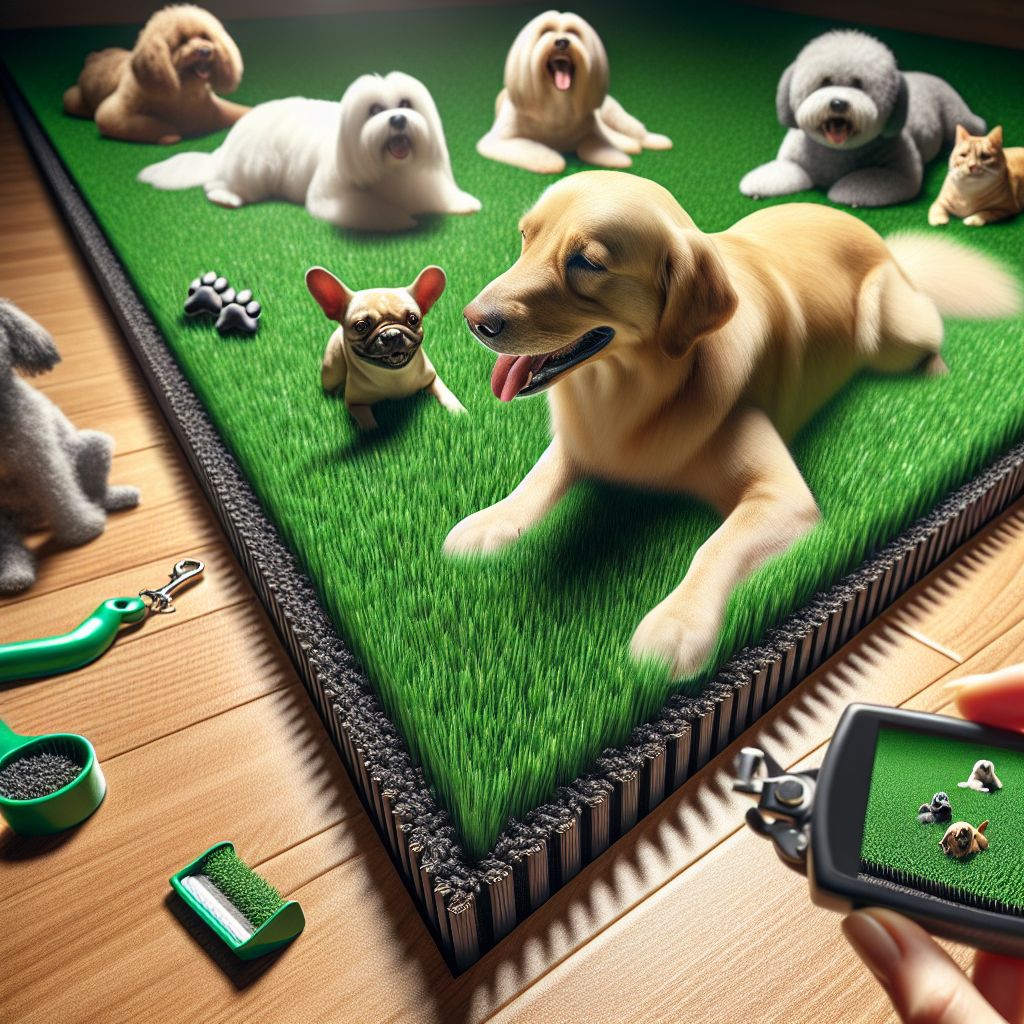
Imagine transforming your backyard into a lush, green haven that remains pristine year-round without the constant maintenance. The secret? Artificial grass. But, like any masterpiece, the foundation is key. What should you put down before laying artificial grass to ensure a flawless finish? Dive into our guide to learn the essentials for creating the perfect base.
Think of your artificial grass as a beautiful painting. Would you hang it on a crumbling wall? Similarly, laying artificial turf on an inadequate base can lead to bumps, poor drainage, and a short lifespan. A solid foundation ensures your synthetic lawn looks natural and stays durable over time.
A weed membrane acts like a knight in shining armor, protecting your turf from unwanted invaders. It prevents weeds from poking through and ruining your perfect lawn. For more information on effective weed membranes, visit the EPA’s guide on controlling weeds safely.
The backbone of your lawn, crushed stone or gravel provides excellent drainage and stability. It ensures water doesn’t pool on the surface, which could lead to mold and other issues. Learn more about proper drainage solutions from the experts at USGS.
Like the finishing touch on a cake, sharp sand smooths out the surface, creating an even base for your turf. This layer ensures your grass sits perfectly flat.
This fabric layer separates soil from the aggregate layers above, ensuring they don’t mix over time. It’s crucial for maintaining the integrity of your installation.
Begin by removing any existing grass, debris, or rocks. This step is akin to clearing a canvas before painting.
Lay down the weed membrane across the cleared area. Ensure it covers every inch to prevent pesky weeds from sneaking through.
Spread a layer of crushed stone or gravel about 4 inches deep. Compact it thoroughly using a tamper to create a stable foundation.
Add a 1-inch layer of sharp sand over the gravel. Use a rake to level it out, then compact it for a smooth surface.
Laying geotextile fabric helps separate the sand and soil layers, maintaining the structure of your base.
A weed membrane prevents weeds from growing through your turf, ensuring a clean and low-maintenance lawn.
No, sharp sand is recommended because it compacts better and provides a more stable base compared to regular sand.
A 4-inch layer of crushed stone is ideal for adequate drainage and stability.
Laying artificial grass is like crafting a masterpiece—it requires careful preparation and attention to detail. By following these steps and using the right materials, you’ll ensure your synthetic lawn remains beautiful and functional for years to come. Ready to transform your outdoor space into an evergreen oasis? Start with a solid foundation and watch your vision come to life.
For further guidance on landscaping and lawn care, explore helpful resources from the Landscape Management.


